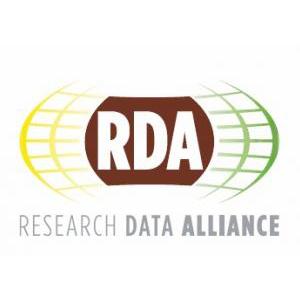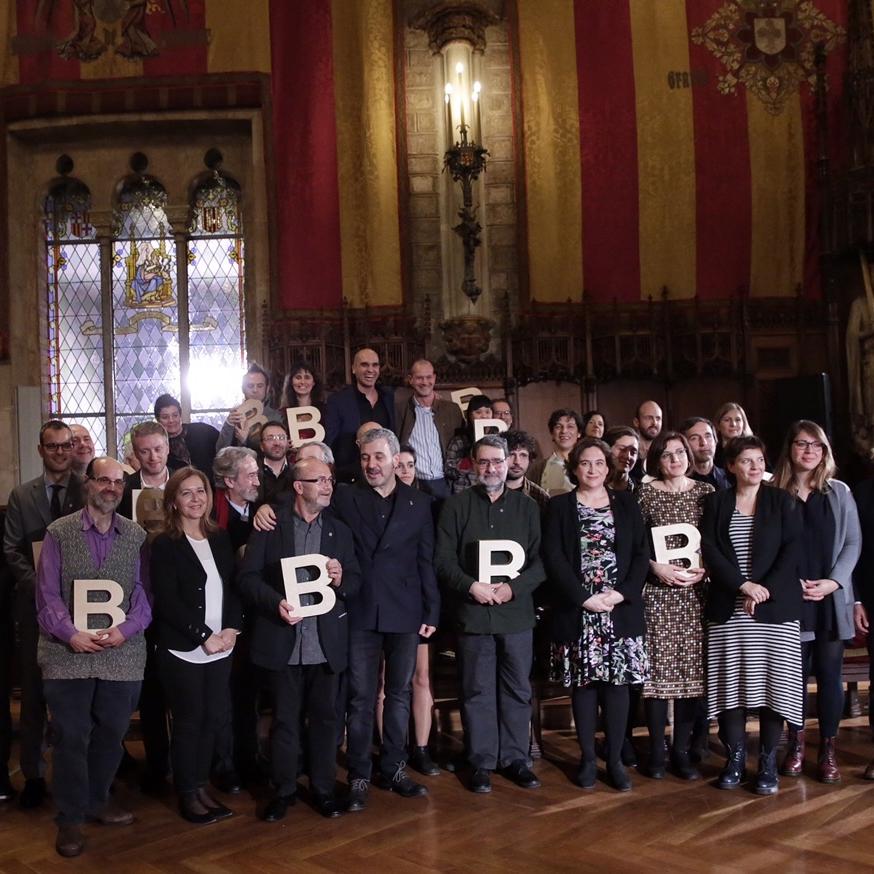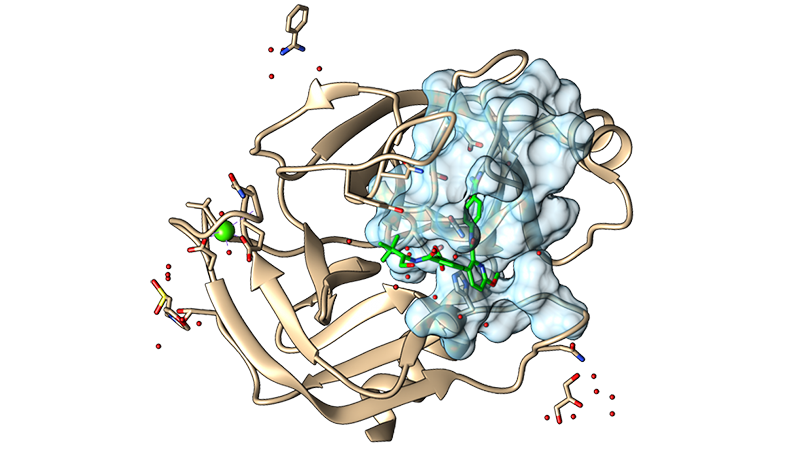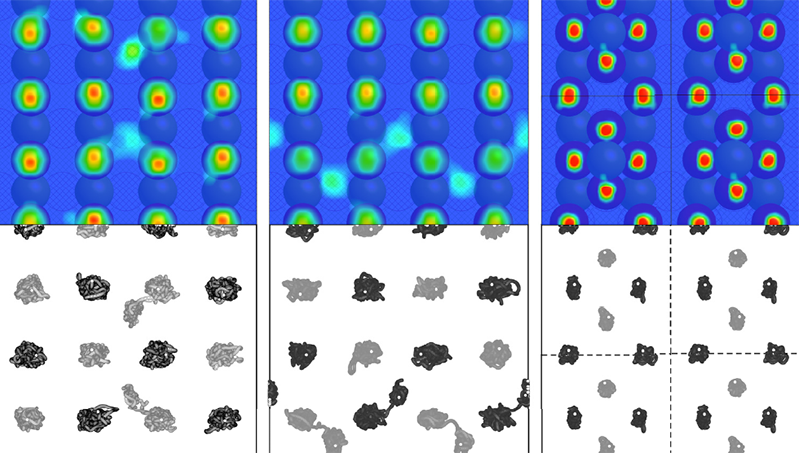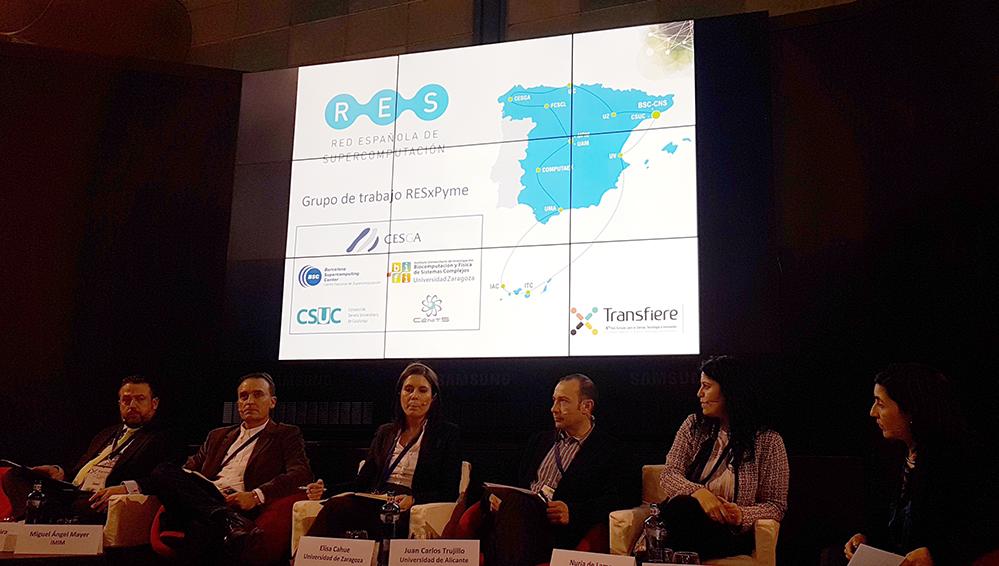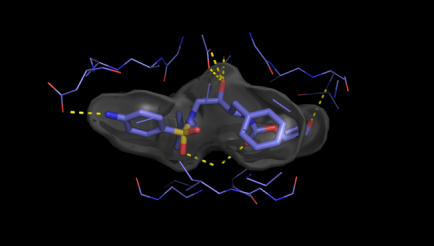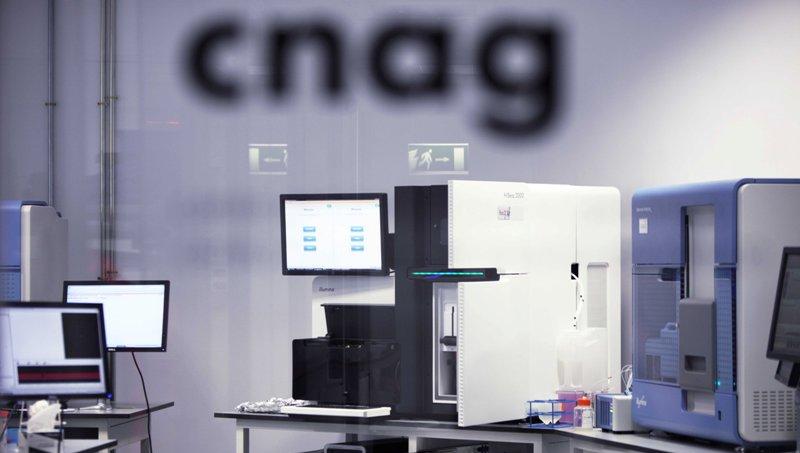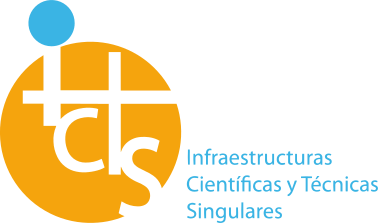CNAG - Centro Nacional de Análisis Genómico
In this section, we focus in the Centro Nacional de Análisis Genómico (CNAG). Jointly with the Centre for Omic Sciences (COS) forms part of the National Scientific and Technological Infrastructure Map (ICTS) as the Infrastructure for OMICS Technologies (IOT).
The CNAG was set up in 2009 by the Central Government and theRegional Government of Catalonia, and it is located at the Parc Cientific de Barcelona. Its mission is to carry out large-scale projects in genome analysis that will lead to significant improvements in public health and quality of life. The CNAG focuses its efforts in four interconnected research areas: Disease Gene Identification, Cancer Genomics, Genomics of Infectious Diseases, and Genomics of Model Organisms, in collaboration with scientists from universities, hospitals, research centres, and companies in the sector of biotechnology and pharmaceuticals. The CNAG Genomics Platform has a park of twelve second-generation DNA sequencers (nine HiSeq2000, two HiSeq2500 and one MiSeq) that produce a total of more than 800 Gigabases of nucleic acid sequences per day, which is equal to eight complete human genomes every 24 hours. The sequencing operation is supported by an extensive informatics infrastructure: 2.7 petabytes of data storage, over 1200 computing nodes with a capacity of 13 TFlops, an internal 10 Gb/s network and multiple 10 Gb/s direct physical connections to the BSC-CNS. The integrated CNAG infrastructure is the largest Genome Centre in Spain and possesses one of the largest DNA sequencing capacities in Europe.
|

